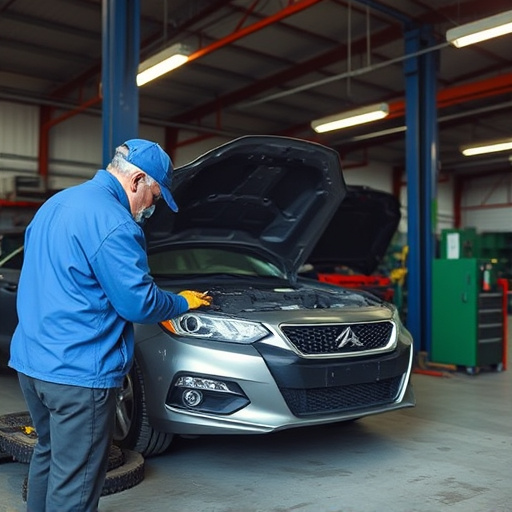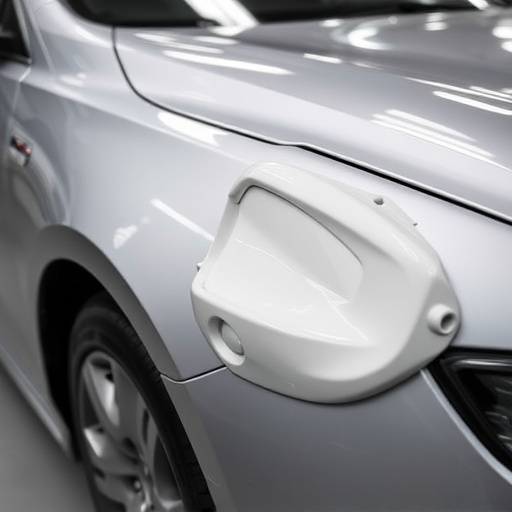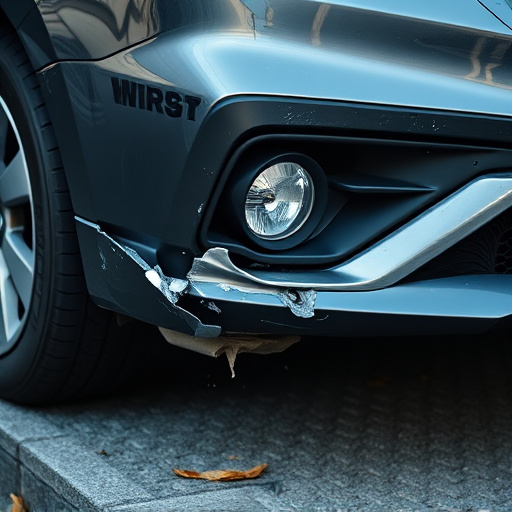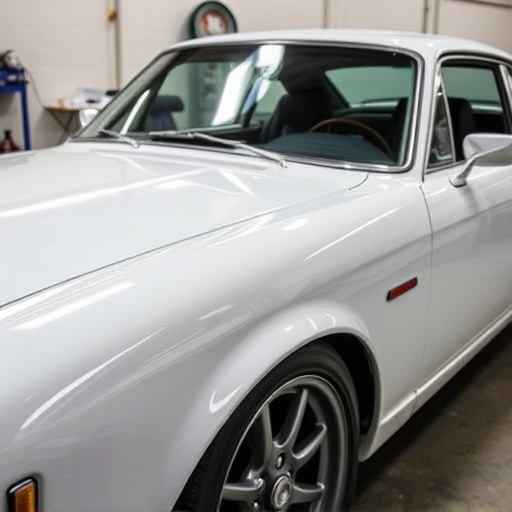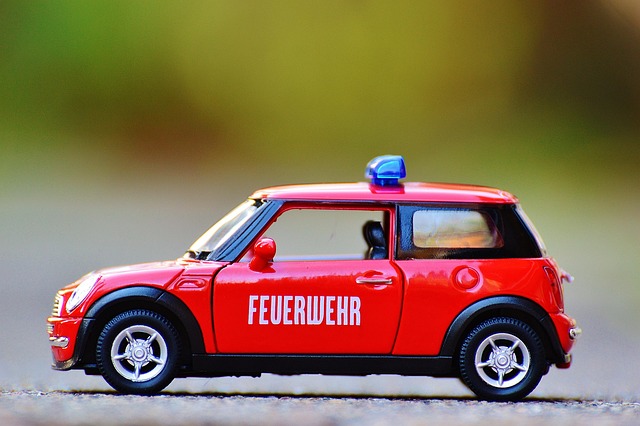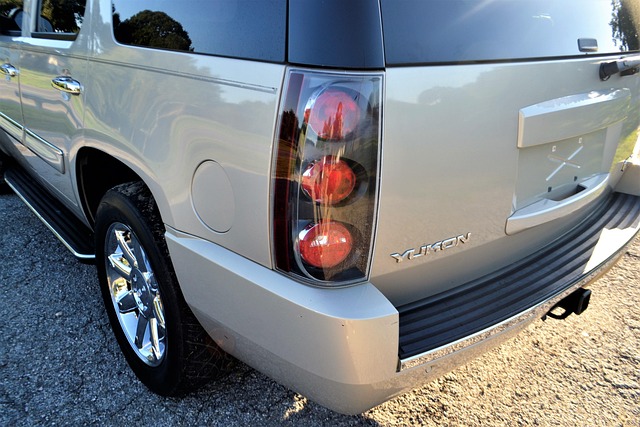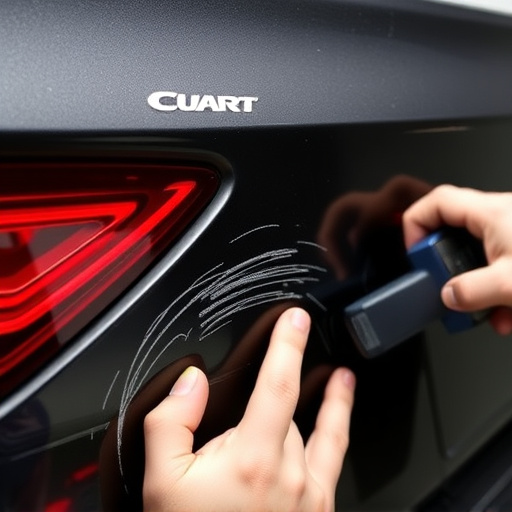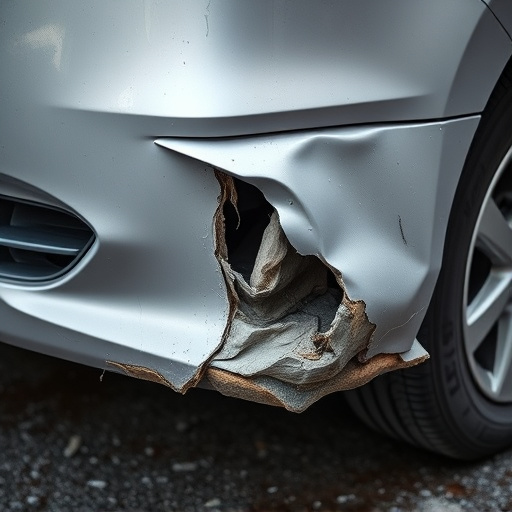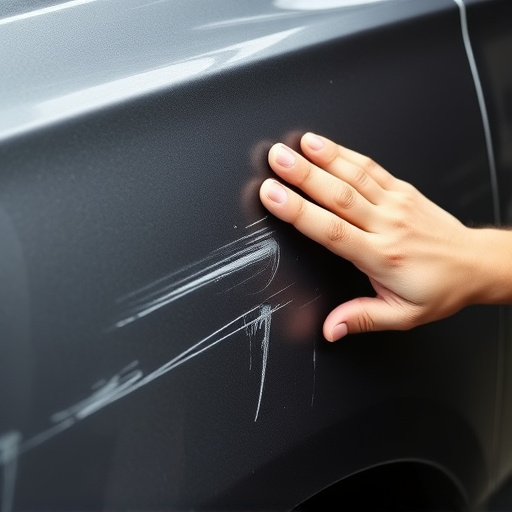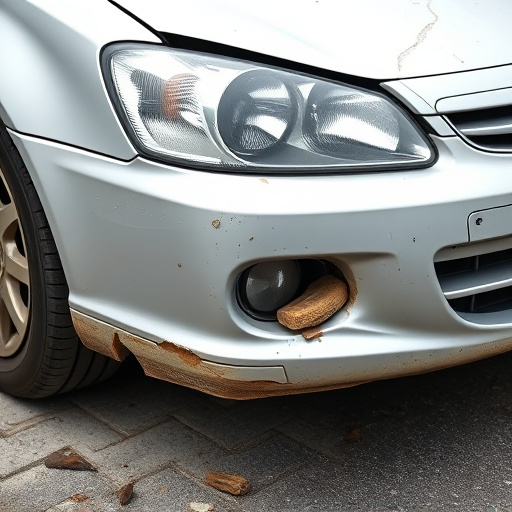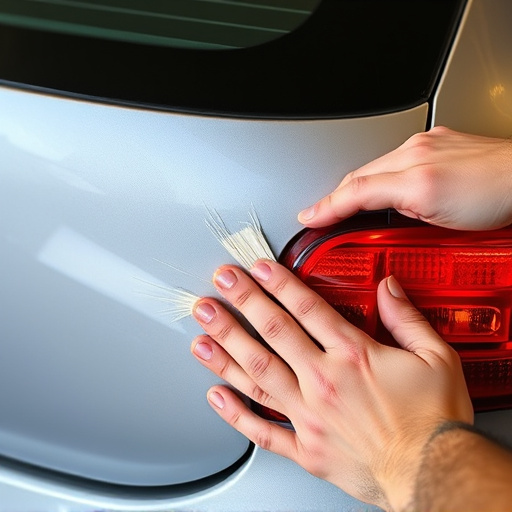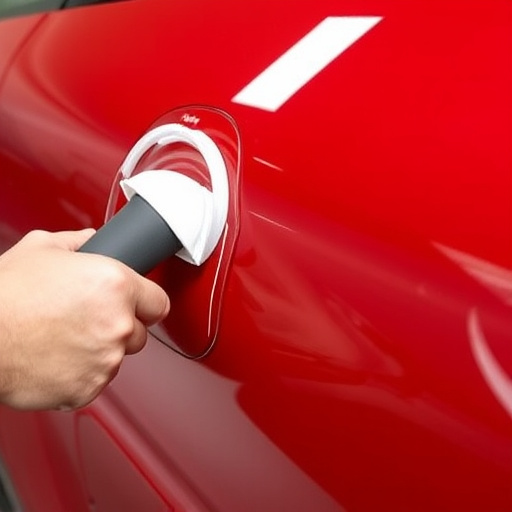Plastic body part repair requires a combination of specialized tools, materials, and techniques. Essential hand and power tools facilitate precise disassembly and reassembly, while comprehensive repair kits enable effective bonding, filling, and painting for both aesthetic and structural integrity. High-quality plastics like polypropylene, ABS, and polyethylene, along with fiberglass and composite materials, ensure optimal performance and durability in repairs, from minor dents to complex collision damage. Advanced technologies like heat gun therapy, coupled with experienced technicians and premium materials, deliver impeccable results in plastic body part repair.
“Uncover the essential tools and materials that transform damaged plastic body parts into like-new conditions. From understanding the fundamental tools required for precise repairs to exploring versatile materials that cater to various plastic types, this comprehensive guide is your roadmap. Discover effective techniques, from meticulous preparation to innovative restoration methods, ensuring superior results in the dynamic field of plastic body part repair.”
- Understanding the Essential Tools for Plastic Body Part Repair
- Common Materials Used in the Process of Plastic Repairs
- Techniques and Considerations for Effective Plastic Body Part Restoration
Understanding the Essential Tools for Plastic Body Part Repair

When it comes to plastic body part repair, having the right tools is paramount for achieving precision and quality results. The essentials include a variety of specialized hand tools such as pliers, screwdrivers, and wire cutters, which are indispensable for disassembling and reassembling damaged components. Additionally, an array of power tools like angle grinders and sanders with different grits are crucial for shaping and smoothing out the plastic surfaces. These tools allow technicians to effectively remove damaged or contaminated material while preparing the surface for repairs.
Beyond hand and power tools, a comprehensive set of repair kits containing adhesives, fillers, and color-matching paints is essential in any auto repair shop offering collision repair services or car scratch repair. The ability to bond, fill, and paint plastic surfaces accurately requires these materials, ensuring that repaired parts not only look good but also maintain their structural integrity. Whether addressing minor dents and scratches or more complex collision damage, having the right tools and materials is key to successful plastic body part repair.
Common Materials Used in the Process of Plastic Repairs

In the realm of plastic body part repair, a variety of materials are employed to ensure precise and effective restoration. Among the common choices are high-quality plastics like polypropylene, ABS (acrylonitrile butadiene styrene), and polyethylene, which offer excellent durability and flexibility. These materials are often used in car collision repair and automotive body shop settings due to their ability to withstand impact while maintaining a smooth, seamless finish when properly molded and shaped.
For specialized applications within car restoration projects, unique materials such as fiberglass and composite materials gain prominence. Fiberglass, with its lightweight yet robust properties, is ideal for creating intricate parts that require strength and precision. Composite materials, on the other hand, offer advanced structural integrity, making them suitable for complex repairs that demand both aesthetic and functional excellence. These materials collectively contribute to the meticulous process of plastic body part repair, ensuring vehicles not only look like new but also perform optimally on the road.
Techniques and Considerations for Effective Plastic Body Part Restoration

Restoring plastic body parts to their original condition requires a meticulous approach and a range of specialized tools and materials. The techniques employed in plastic body part repair involve both manual skill and advanced technologies. One common method is heat gun therapy, where a heated tool is used to soften and reshape the plastic, allowing for precise adjustments. This technique is particularly useful for car dent repair, as it can effectively fix dents and creases on vehicle bodies.
When entering an auto collision center or automotive body shop for plastic body part repair, consider the experience of the technicians and the quality of materials used. Modern practices often include using composite materials and advanced adhesives to ensure strength and durability in the restored parts. Proper preparation, including surface cleaning and priming, is crucial to achieving a seamless finish. These considerations collectively contribute to the success of plastic body part restoration, ensuring that damaged components are not only fixed but also enhance the overall aesthetics of the vehicle or product.
In conclusion, the successful execution of plastic body part repair demands a specific set of tools and materials, coupled with an understanding of various techniques. By equipping yourself with the essentials outlined in this article, you’ll be well-prepared to undertake repairs efficiently and effectively. Whether for personal use or professional applications, mastering these skills not only enhances vehicle aesthetics but also contributes to cost savings and environmental sustainability by promoting the reuse of plastic parts.
